Syria travel tips
Syria travel tips: In the Middle East, faces ongoing conflict, cultural richness, historical significance, and humanitarian challenges amid geopolitical complexities.
Governorates 🌎
Syria travel tips. Here is a list of all the governorates of the Syria.

Damascus
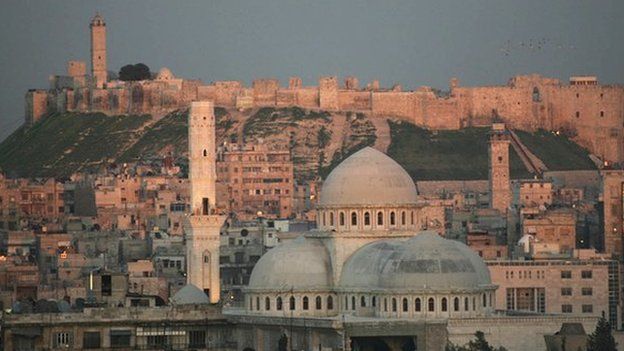
Aleppo
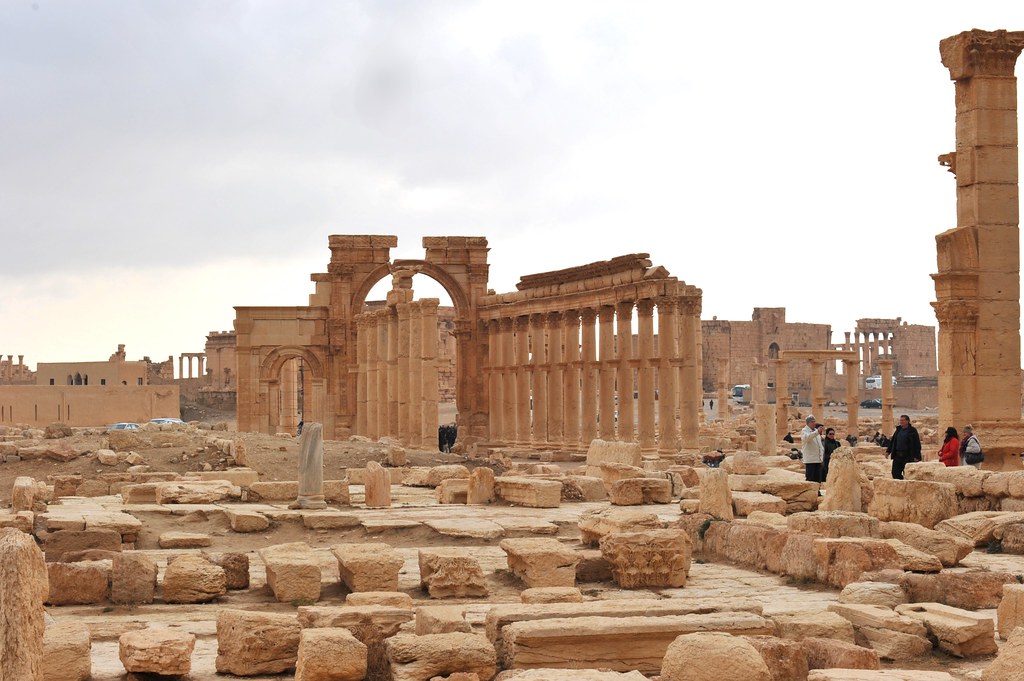
Homs
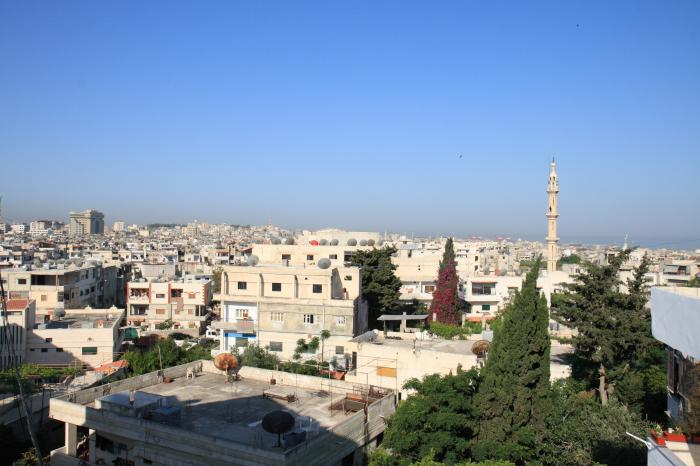
Latakia
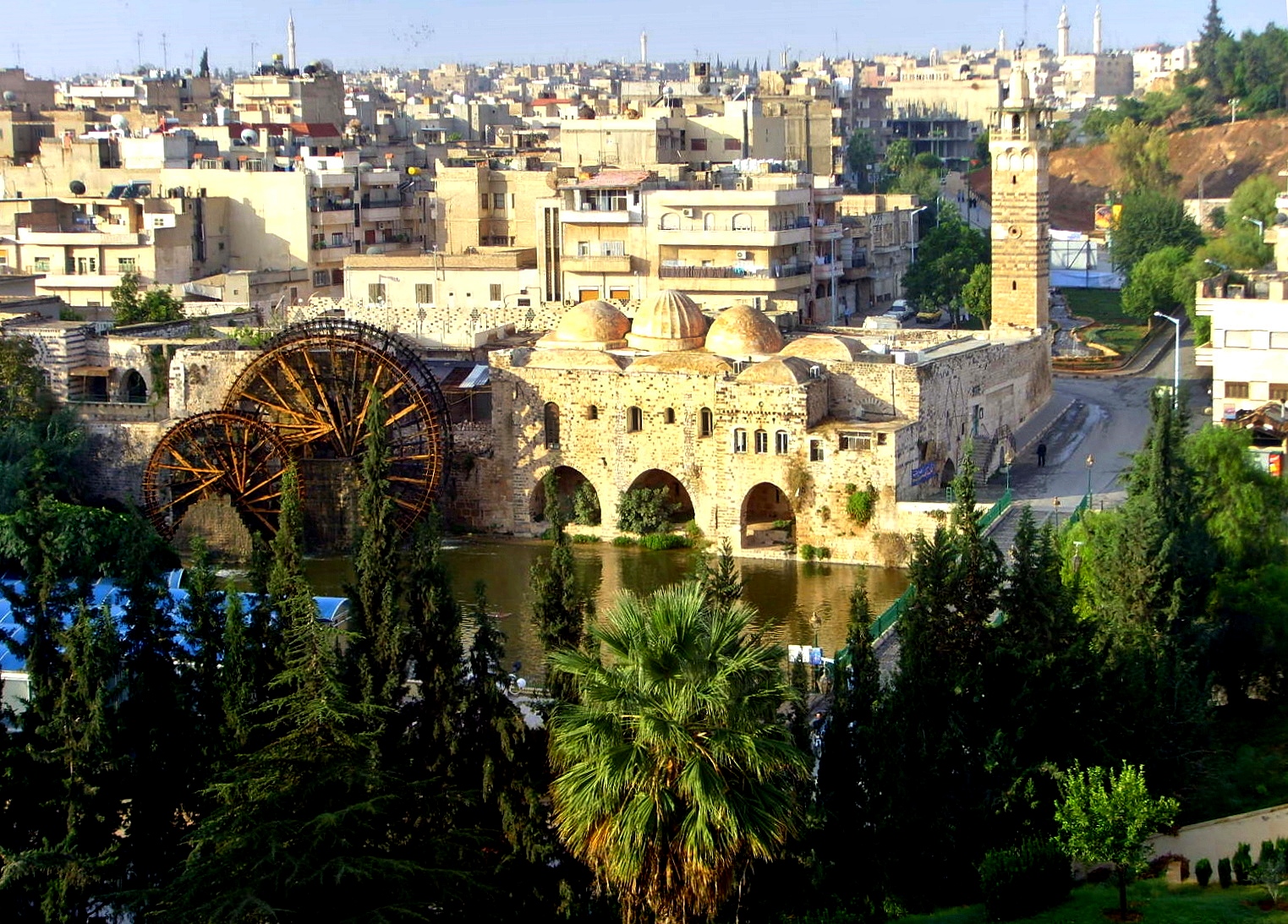
Hama
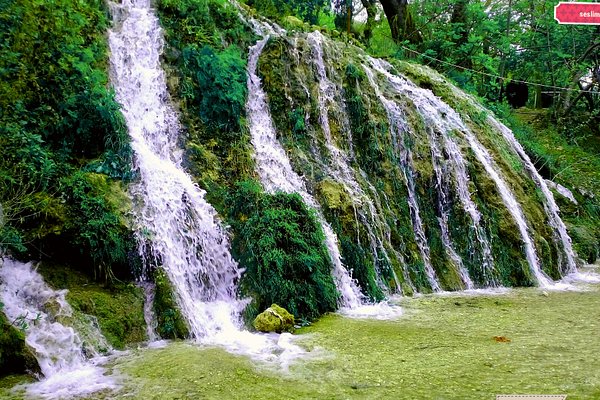
Idlib
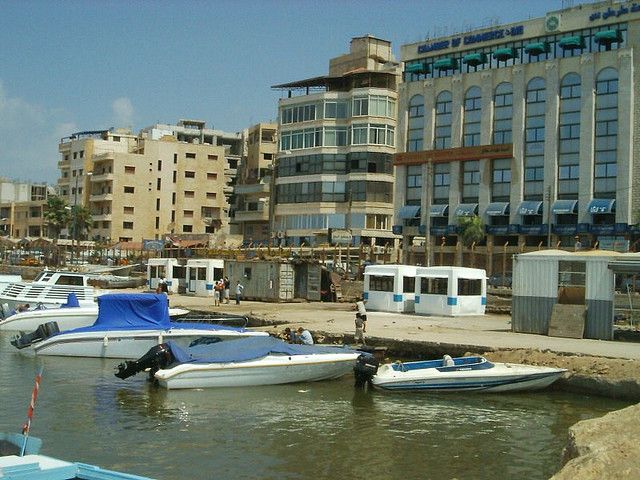
Tartus
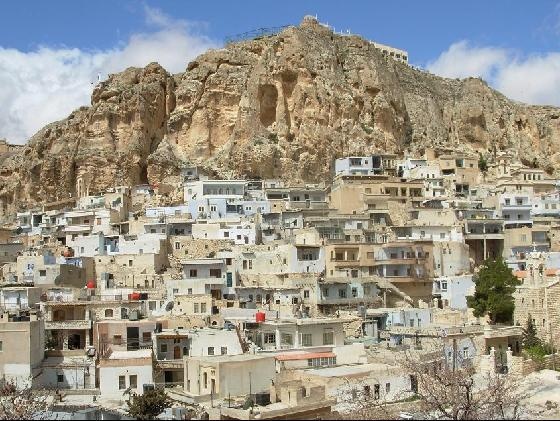
Rif Dimashq
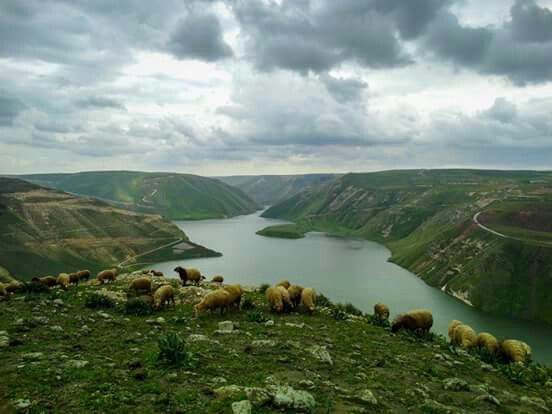
Daraa
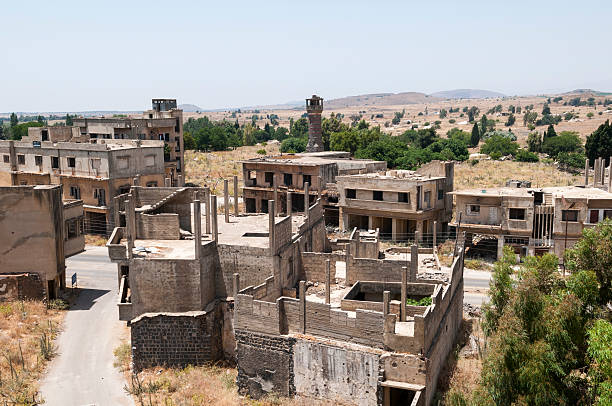
Quneitra

As-Suwayda
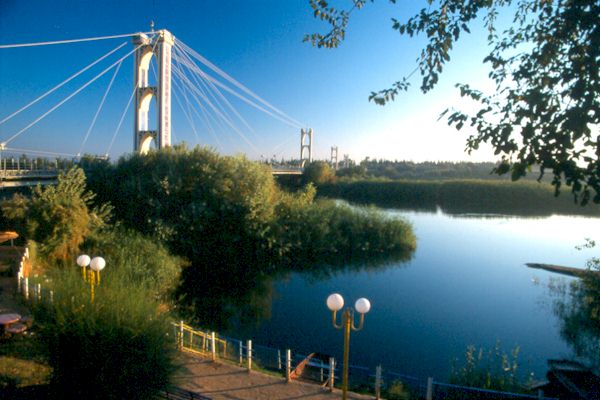
Deir ez-Zor
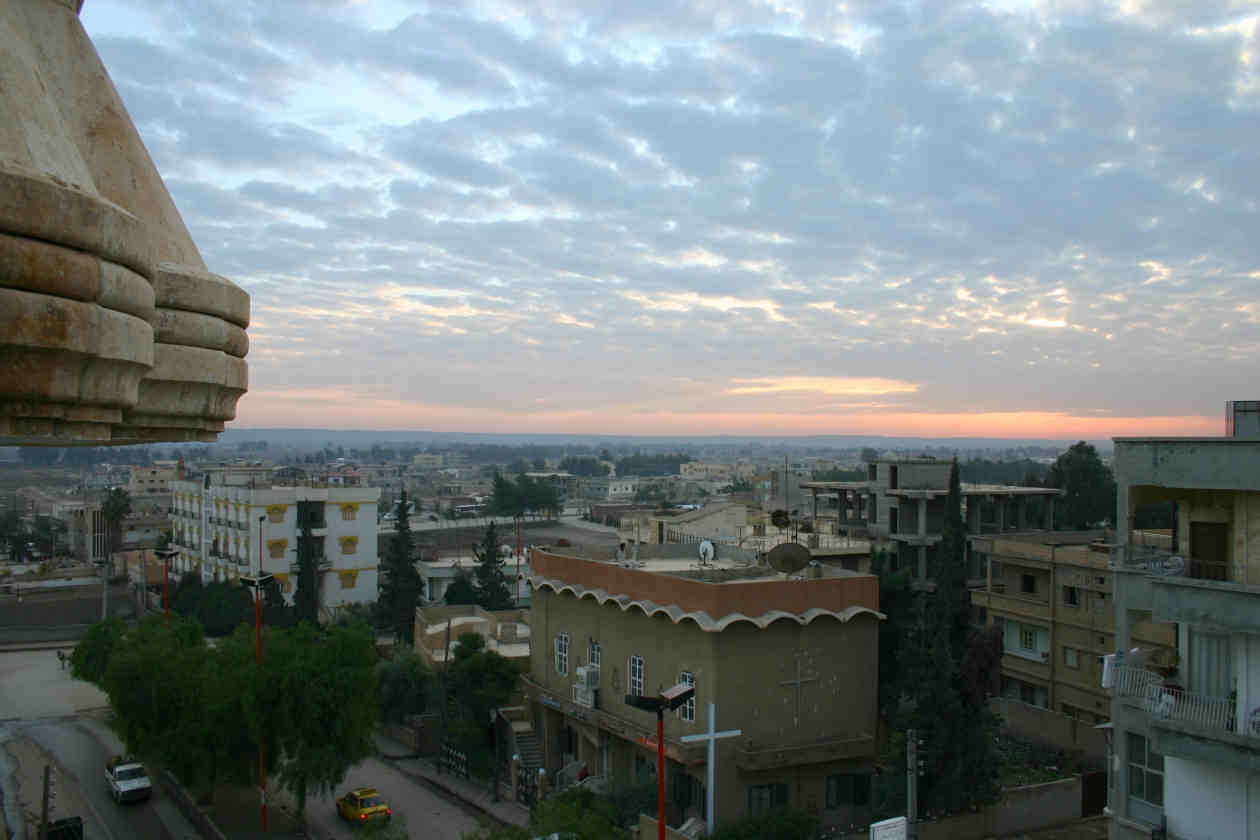
Raqqa
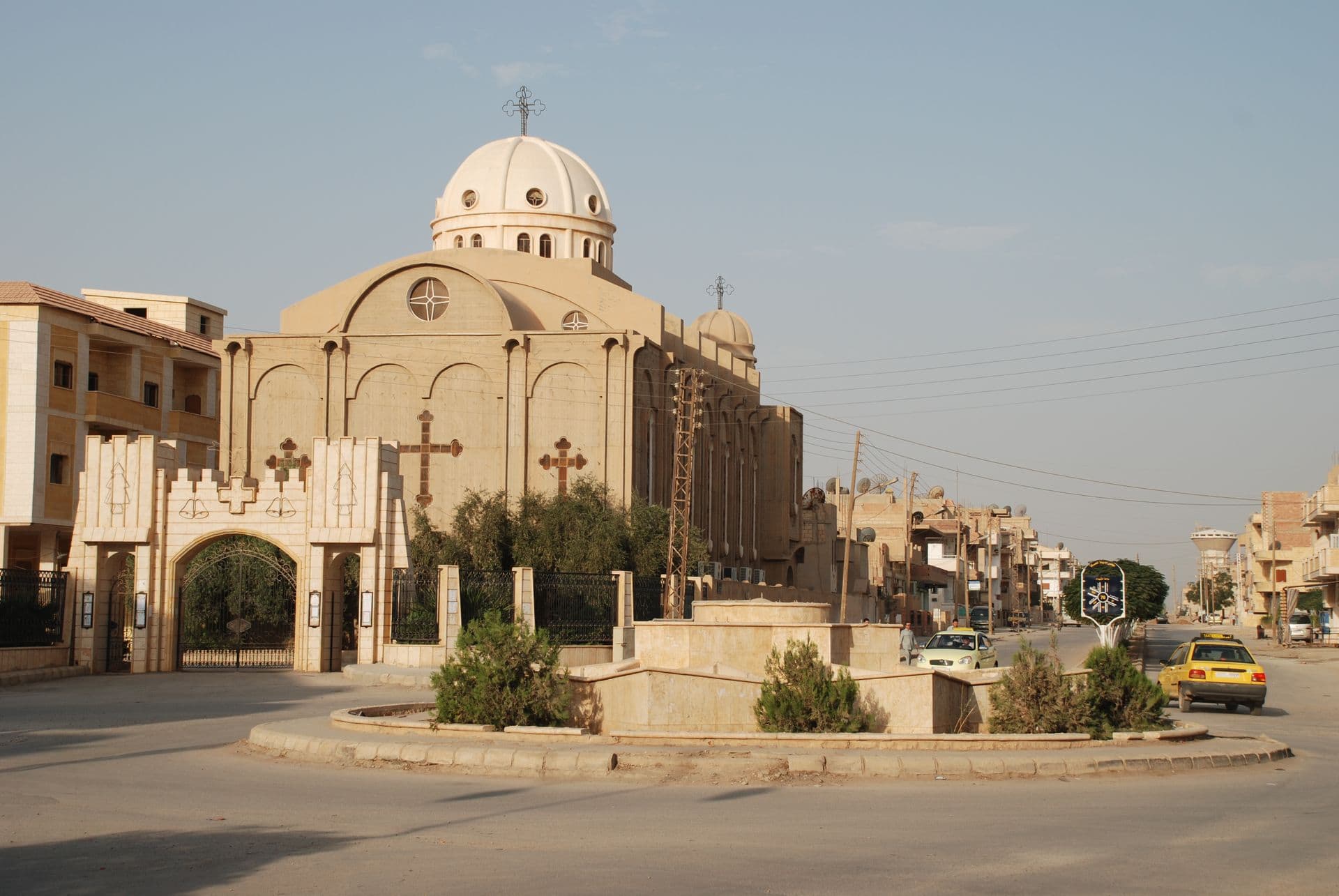
Al-Hasakah
Before you go 🛩
Important information you should know before your trip
Info
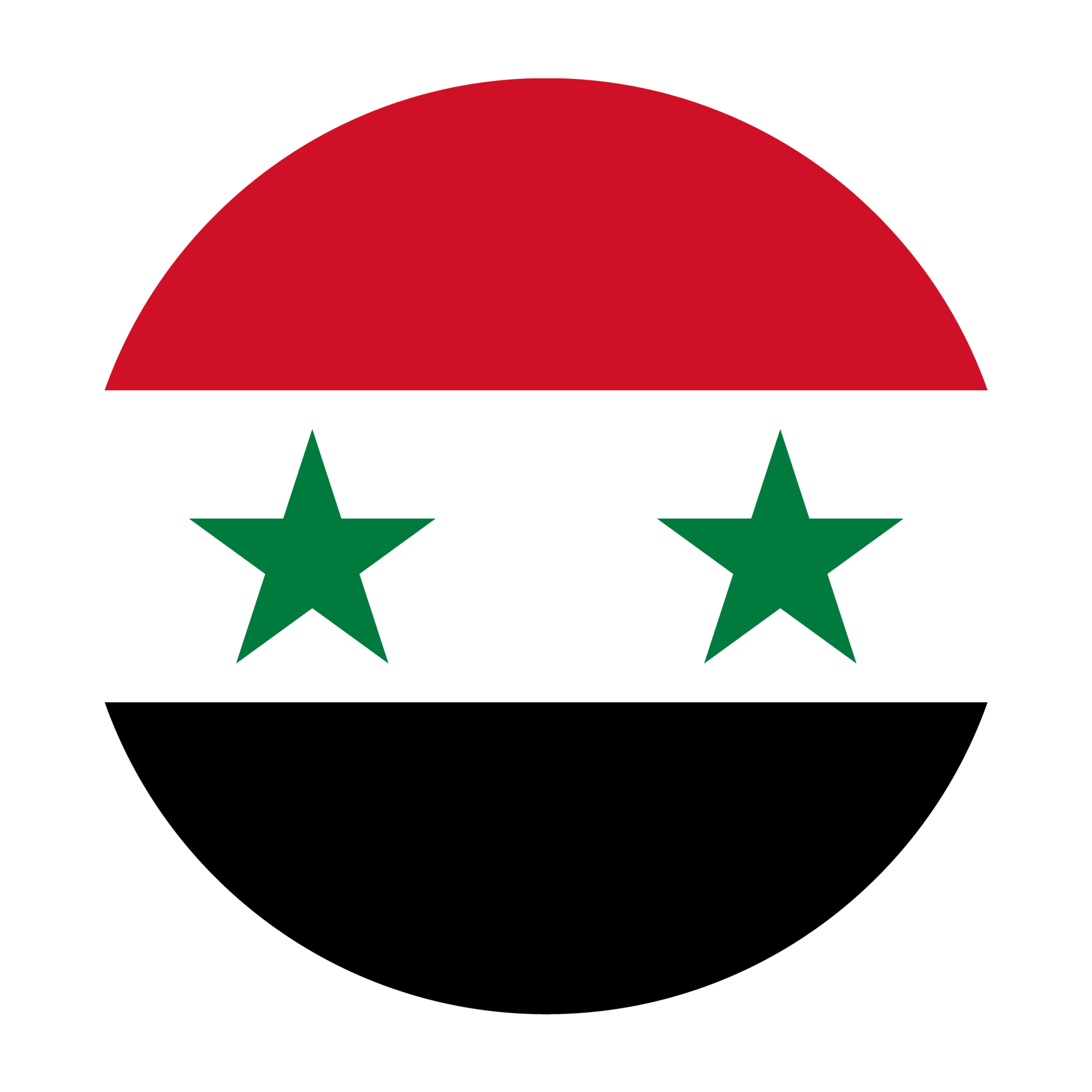
Capital | Damascus
Flag Codes:
ISO alpha-2 SY,
ISO alpha-3 SYR
Currency
Badge | Syrian pound
CODE | SYP
NUMBER | 760
SYMBOL | ر.£ o ل.س
FRACTION | Piastra
Mobile Coverage
Dialing Code | +963
SIM Card
Coverage | 3G / 4G / 5G |
Mobile Networks | MTN Mobile | Syriatel Mobile |
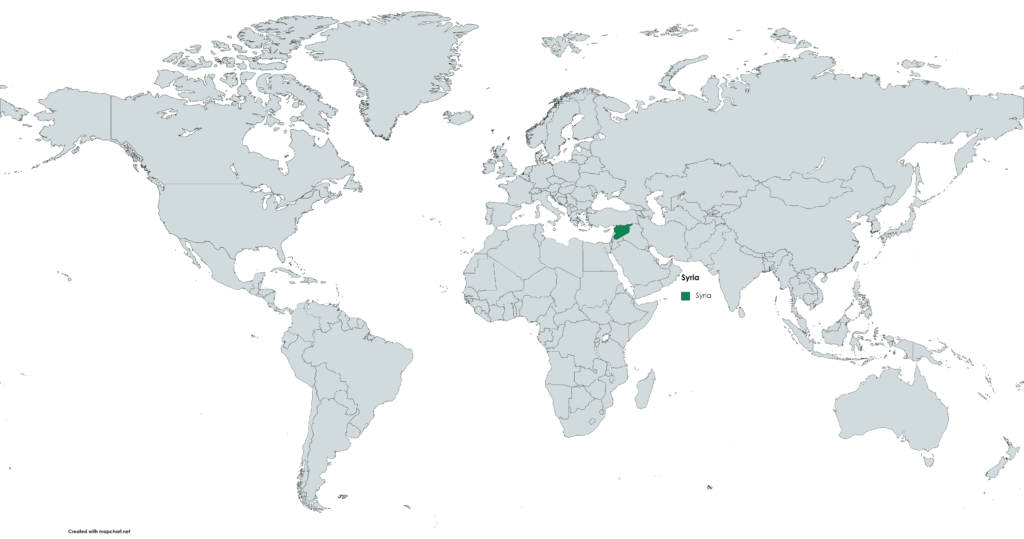
Location
Syria is a country located in the Middle East, bordered by several countries.
The capital city of Syria is Damascus, one of the oldest continuously inhabited cities in the world. The country has a diverse landscape that includes coastal areas, mountains, deserts, and fertile valleys. However, the ongoing conflict in Syria has significantly impacted the country’s stability and infrastructure. It’s important to stay informed about the current situation and travel advisories before considering any travel to Syria.
Currency
The official currency of Syria is the Syrian pound (SYP).
The Syrian pound is made up of banknotes and coins in different denominations. Currently, there are banknotes of 50, 100, 200, 500, 1000 and 2000 Syrian pounds, and coins of 1, 2, 5, 10, 25 and 50 piastres, as well as 1 Syrian pound.
Syrian pound banknotes and coins have different designs and security features to prevent counterfeiting. Banknotes typically feature images of historical monuments and political figures, while coins feature national coats of arms, images of buildings and monuments, and important figures in Syrian history and culture.
It is worth mentioning that due to high inflation and currency depreciation, the face value of Syrian pound banknotes and coins does not reflect their real purchasing power in the current economy. That is, Syrian pound notes and coins may have a high face value, but their purchasing power is very limited.
Languages
In Syria, the official language is Modern Standard Arabic, but several regional and minority languages are also spoken. Some of the most spoken languages besides Standard Arabic are:
Kurdish, Aramaic, Circassian, Armenian, Turkish, Assyrian, Chechen.
Additionally, specific dialects of Arabic are spoken in some regions of Syria, which have some differences from modern standard Arabic. In tourist areas, it is also possible to find people who speak English, French, German and other foreign languages.
Climate 🌡
Syria has a diverse climate due to its varied geography, which includes coastal areas, mountains, and deserts. The country experiences a range of climatic conditions, from Mediterranean along the coast to arid and semi-arid in the interior. Here are the key features of Syria’s climate:
Coastal Climate:
The western coastal areas of Syria, including cities like Latakia and Tartus, have a Mediterranean climate. Winters are mild and wet, while summers are warm and dry.
Desert Climate: Much of Syria’s interior, especially the eastern and southern regions, experiences a desert climate. This includes areas like Palmyra and Deir ez-Zor. Summers are extremely hot, with temperatures often exceeding 40°C (104°F), while winters are mild and cooler.
Steppe Climate:
Some parts of the interior have a steppe climate, characterized by lower temperatures than deserts but still experiencing hot summers and relatively mild winters. This includes areas like Aleppo and Raqqa.
Mountain Climate:
The mountainous regions of Syria, particularly the Anti-Lebanon Mountains, experience cooler temperatures than the lowland areas. Snowfall is common during the winter months, making these areas popular for winter sports.
Rainfall:
The distribution of rainfall varies across the country. Coastal areas receive the highest amount of rainfall, with the western mountains capturing moisture from the Mediterranean. Inland areas and deserts receive much less rainfall, contributing to arid conditions.
Seasons:
Syria experiences distinct seasons. Winters (December to February) are cooler, especially in mountainous areas, while summers (June to August) are hot and dry.
Wind:
Wind can be a significant factor, especially in desert areas, contributing to the sensation of cold during the winter and heat during the summer.
Droughts:
The region has historically been prone to droughts, which can have severe consequences for agriculture and water availability.
Variability:
Climate conditions can vary significantly from year to year, and the ongoing conflict in Syria has also had impacts on weather monitoring and reporting.
Syria travel tips
If you’re planning a trip to Syria, here are some travel tips to enhance your experience:
Visa Requirements:
Check visa regulations before traveling and ensure all documentation is in order.
Local Customs:
Respect Islamic traditions and local customs, especially in conservative areas.
Health Precautions:
Get necessary vaccinations and carry a basic medical kit; healthcare may be limited.
Cultural Sensitivity:
Dress modestly and be mindful of cultural sensitivities to avoid misunderstandings.
Transportation:
Plan your transportation in advance; roads may be affected by conflict, and public transportation may be unreliable. View Guide.
Cultural Sites:
Respect historical sites and be aware of any restrictions or closures.
Exit Strategy:
Stay informed about exit routes and have contingency plans in case of unforeseen circumstances.
Enjoy your time in Syria!

The best of the best
Syrian cuisine is rich and diverse, influenced by its history, geography, and cultural heritage. The country’s cuisine combines flavors from the Mediterranean, Middle Eastern, and Levantine culinary traditions.
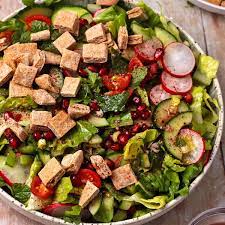
Fattoush
A colorful salad made with mixed greens, tomatoes, cucumbers, radishes, and toasted pieces of pita bread, all tossed in a tangy dressing.

Labneh
A strained yogurt that is thicker than regular yogurt, often enjoyed as a dip or spread, drizzled with olive oil and herbs.
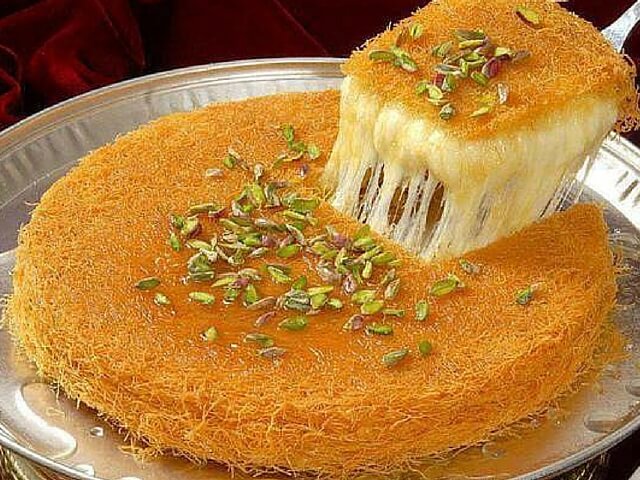
Knafeh
A sweet dessert made from thin noodle-like pastry soaked in sugar syrup, often layered with cheese or semolina.
Here are some typical foods you might find in Syria:
Ka’ak: Ring-shaped sesame-covered bread, often served as a snack or with toppings like sesame paste or cheese.
Kubbeh Soup: A soup made with meat-filled dumplings (kubbeh) in a flavorful broth, often garnished with fresh herbs.
Ful Medames: A dish made from cooked fava beans, often served with olive oil, lemon juice, and spices.
Muhammara: A spicy dip made from red peppers, walnuts, breadcrumbs, and pomegranate molasses.
Sfiha: Small pies or pastries topped with a mixture of minced meat and spices.
Kibbeh: A popular dish made from finely ground meat (usually lamb or beef) and bulgur wheat, often mixed with onions and spices. Kibbeh can be shaped into various forms, including balls, patties, or stuffed with meat and nuts.
Hummus: A creamy dip made from blended chickpeas, tahini (sesame paste), lemon juice, and garlic, often served as an appetizer with bread.
Tabbouleh: A refreshing salad made with finely chopped parsley, tomatoes, mint, onion, and bulgur, dressed with olive oil and lemon juice.
Falafel: Deep-fried chickpea or fava bean patties seasoned with herbs and spices, often served in pita bread with vegetables and tahini sauce.
Shawarma: Thin slices of marinated meat (usually chicken, lamb, or beef) cooked on a vertical rotisserie, often served in flatbread with vegetables and tahini or garlic sauce.
Moutabal: A dip made from roasted eggplants, tahini, garlic, lemon juice, and olive oil, similar to baba ghanoush.
Makloubeh: A one-pot dish where rice, meat (usually chicken, lamb, or beef), and vegetables are layered and cooked together, then inverted onto a serving platter.
Syrian cuisine places an emphasis on fresh ingredients, aromatic spices, and bold flavors.
Transportation 🚥
More information about this country
Choose your destination 📍🗺
Useful Links ✅



